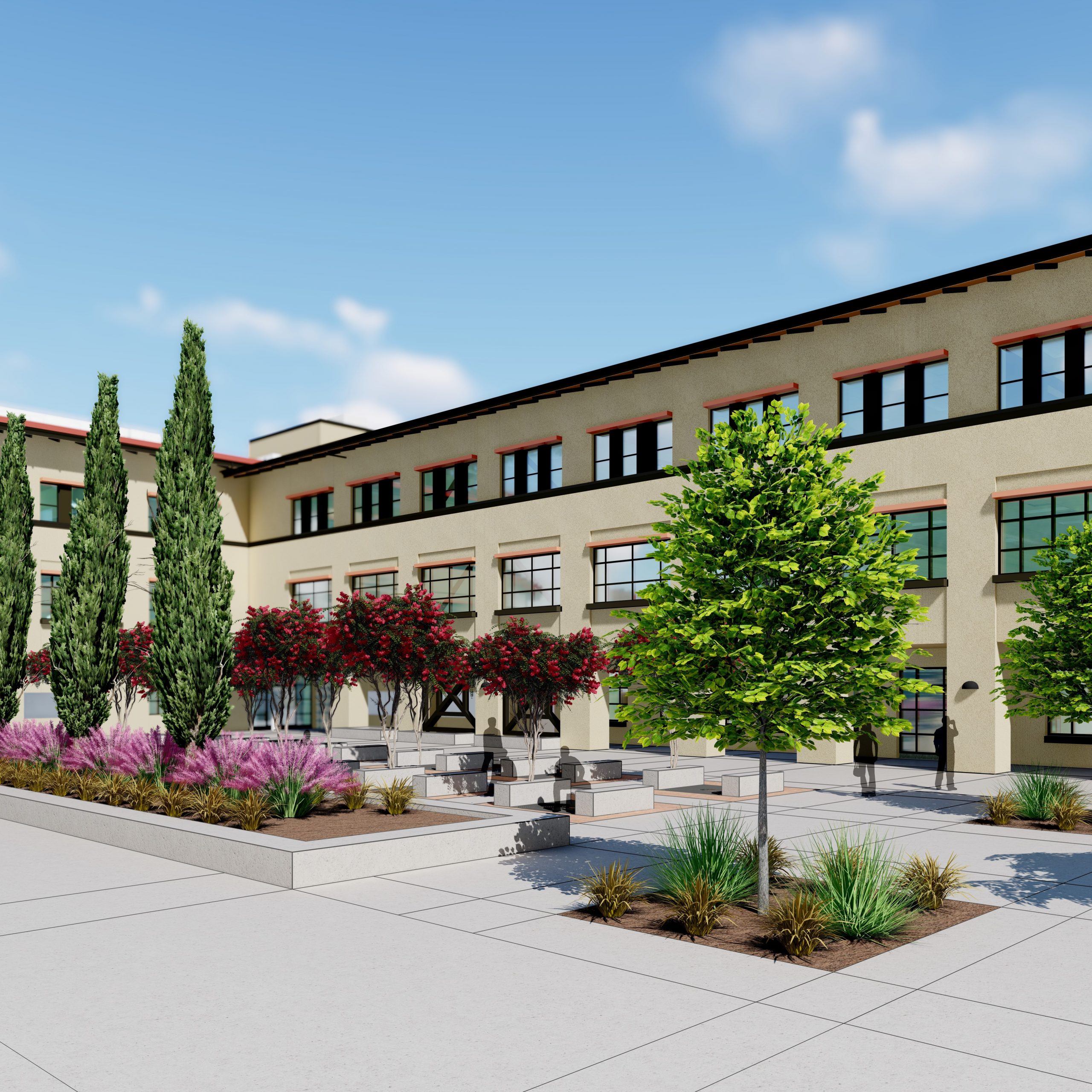By Chris Myers, Senior Project Manager at C.W. Driver Companies
Design-build, a process in which a project owner contracts with a single company to coordinate both construction and design, has become the most widely used delivery method in the U.S. – and for good reason. There are a host of benefits, including enhanced efficiency, improved communication, and ease of coordination. Over the past 20 years, C.W. Driver Companies has delivered more than 40 design-build projects valued at more than $585 million, and each year the demand from owners increases.
But what are the benefits of design-build, and is it right for every project? Here are the top three factors when considering this delivery method.
1. Project Type
Recently, C.W. Driver Companies broke ground on Long Beach City College’s new multi-disciplinary facility – the first design-build project funded by the state of California. Construction and design of the $48.2 million, 94,426-square-foot classroom building is being coordinated entirely by C.W. Driver Companies. Using design inspiration from the newer southern portion of campus while tying in more traditional elements from the northern side in which the building is located, the college already had a strong vision and framework for the desired end-result upon hiring us.
These types of design specifications are typical for higher education projects, as buildings are almost always incorporated into an existing campus master plan. This makes education especially well-suited for design-build, as the architect can plan and execute based on this direction and established criteria. For owners without any design framework in mind, design-build can still be a viable option, but they may also want to consider the value of selecting and coordinating directly with designers via another delivery method.
2. Enhanced Collaboration
Design-build ensures the general contractor, architect, designer, and subcontractor are all on the same team from the start, working together from pre-planning to project completion. In contrast, with other delivery methods, each entity may come into the project at varying times and with disparate visions, which can be time-consuming to resolve and may necessitate revising previously completed work. By going through the pre-construction and planning process as an integrated team, it also often allows materials to be procured farther in advance than other methods, which can save on raw material costs. The enhanced collaboration and open dialogue inherent in design-build often shortens project timelines and helps keep projects on budget.
3. Single Point of Contact
Design-build transfers a greater portion of the project risk away from the owners, as they are contracted with a single company that is the single source of responsibility for the entirety of the project. Owners need only to communicate with one fully integrated entity, which saves time and reduces miscommunication that can result in project delays. The ease of management of a single company versus multiple is significant, and owners typically appreciate how much simpler design-build makes their experience. We’ve observed that once an owner experiences the benefits of design-build for the first time, it’s often their preferred method for subsequent projects.
While it may not be the best fit for every project, there are a multitude of benefits to design-build that make it the right choice for many owners. From enhanced collaboration to improved project timelines and budgets, it’s a delivery method every owner should consider when seeking out a team for their next project.
See the original article on Chris Myers’ LinkedIn here.


